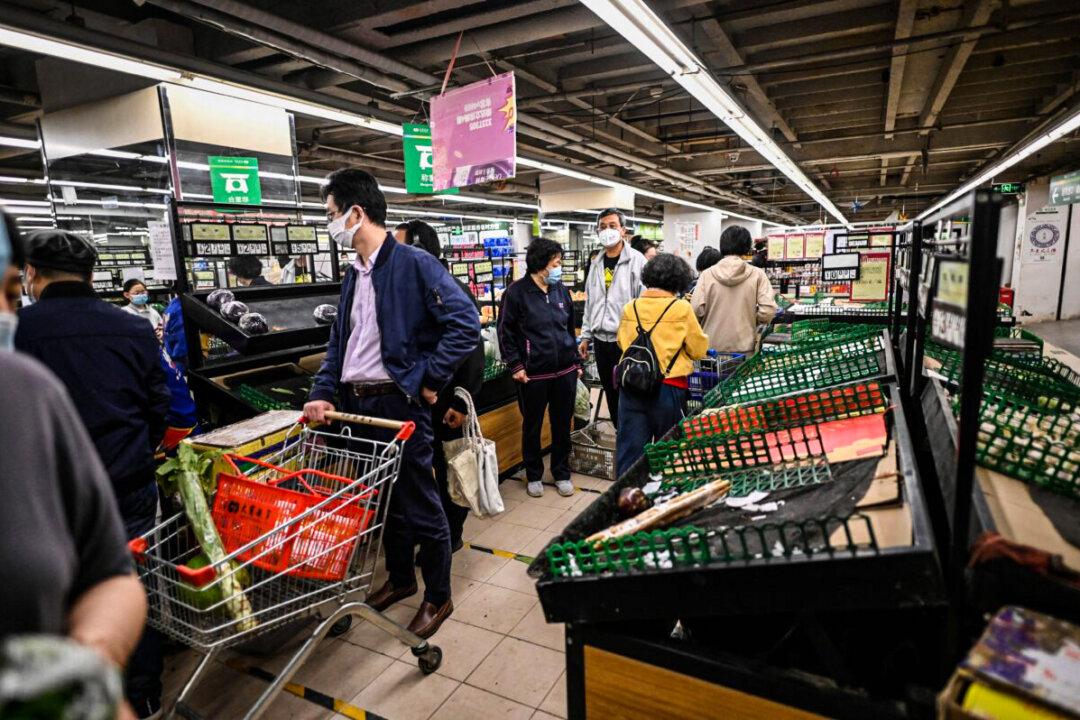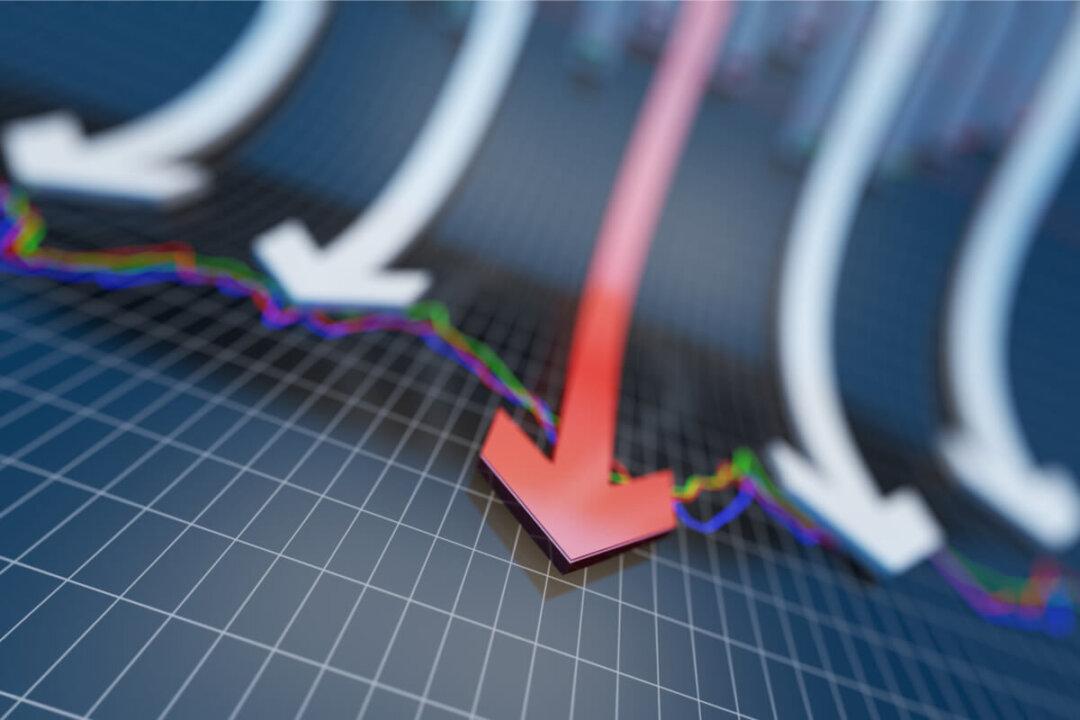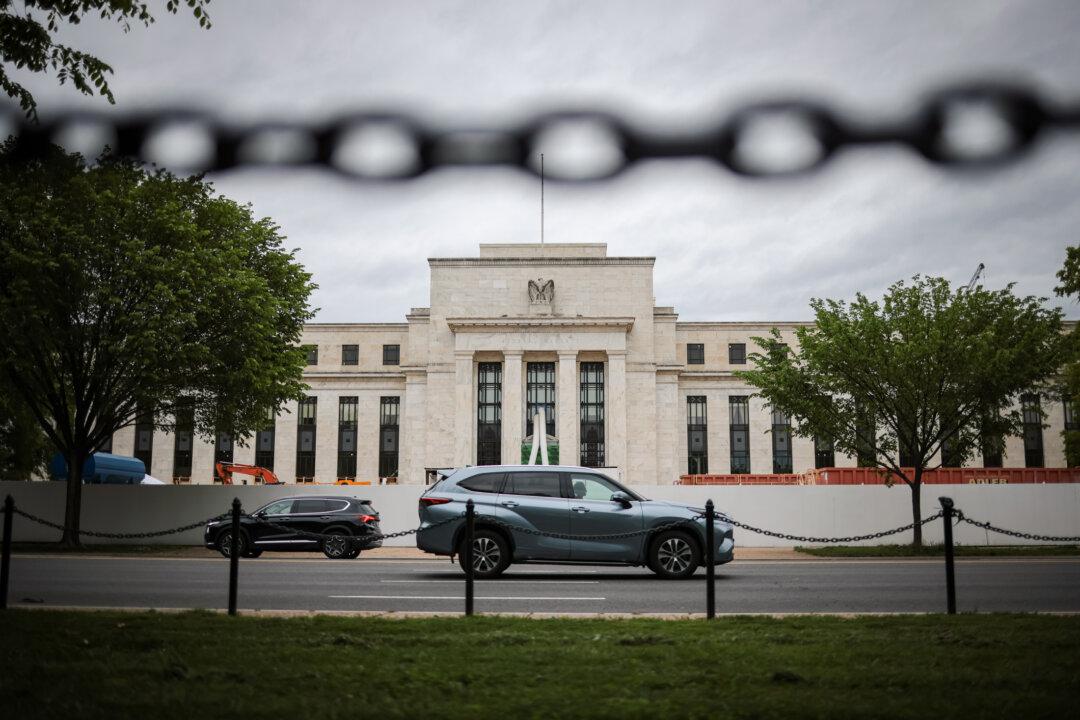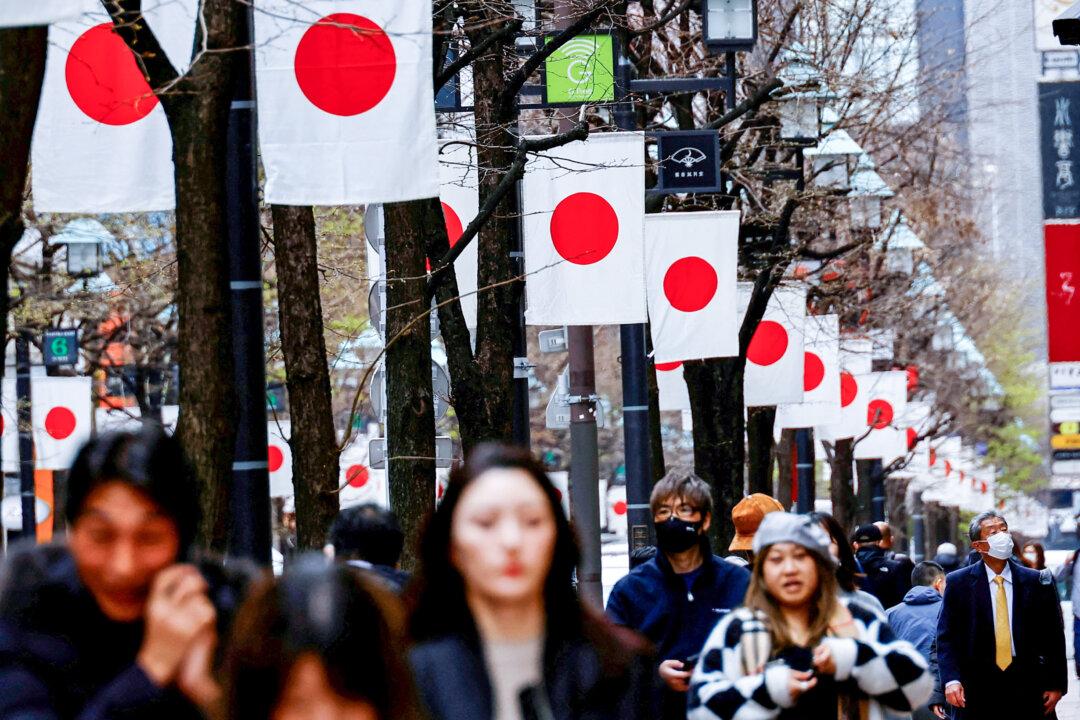Commentary
None of the latest data released from China were good. Inflation was higher than expected while all other quantity growth rates were lower than expected or declining, arousing the worry of stagflation. Stagflation is by definition a higher price (growth) with a lower quantity (growth), and is highly likely a result of a leftward shift of the supply curve. Since the bad numbers happened under COVID lockdown, most analytics would attribute the former to supply bottlenecks, as the Federal Reserve labeled the uncontrolled inflation problem. But in fact, it is not the case.





